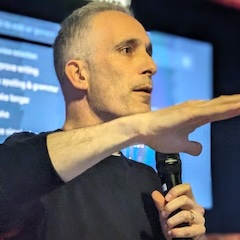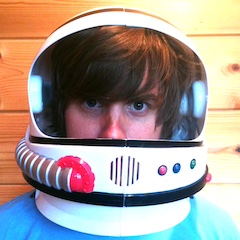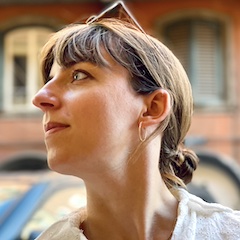Last Minute
I went along to this year’sState Of The Browserconference on Saturday. It was great!
Technically I wasn’t just an attendee. I was on the substitution bench.Daveasked if I’d be able to jump in and give my talk ondeclarative designshould any of the speakers have to drop out. “No problem!”, I said. If everything went according to plan, I wouldn’t have to do anything. And if someone did have to pull out, I’d be the hero that sweeps in to save the day. Win-win.
As it turned out, everything went smoothly. All the speakers delivered their talks impeccably and the vibes were good.
Dave very kindly gave shout-outs to lots of other web conferences. Quite a few of the organisers were in the audience too. That offered me a nice opportunity to catch up with some of them, swap notes, and commiserate on how tough it is running an event these days.
Believe me, it’s tough.
Something that I confirmed that other conference organisers are also experiencing is last-minute ticket sales. This is something that happened with UX London this year. For most of the year, ticket sales were trickling along. Then in the last few weeks before the event we sold more tickets than we had sold in the six months previously.
Don’t get me wrong: I’m very happy we sold those tickets. But it was a very stressful few months before that. It felt like playing poker, holding on in the belief that those ticket sales would materialise.
Lots of other conferences are experiencing this.Front Conferencehad to cancel this year’s event because of the lack of ticket sales in advance. I know for a fact that some upcoming events are feeling the same squeeze.
When I was in Ireland I had a chat with a friend of mine who works at the Everyman Theatre in Cork. They’re experiencing something similar. So maybe it’s not related to the tech industry specifically.
Anyway, all that is to say that I echo Sophie’s entreaty:you should go to conferences.Andbuy your tickets early.
Soon I’ll be gearing up to start curating the line up for next year’s UX London (I’m very proud ofthis year’s eventand it’s going to be tough to top it). I hope I won’t have to deal with the stress of late ticket sales, but I’m mentally preparing for it.


















